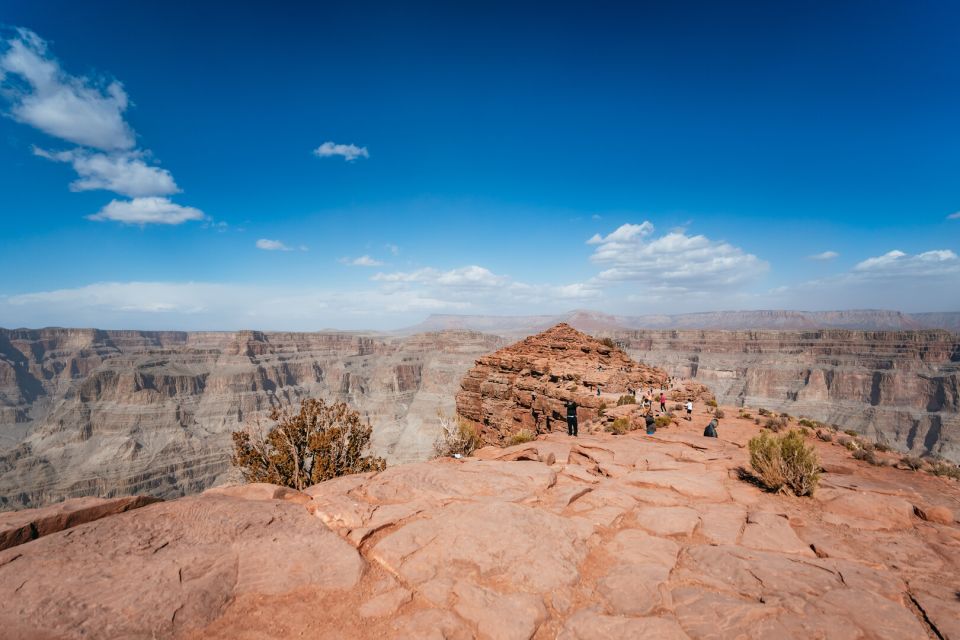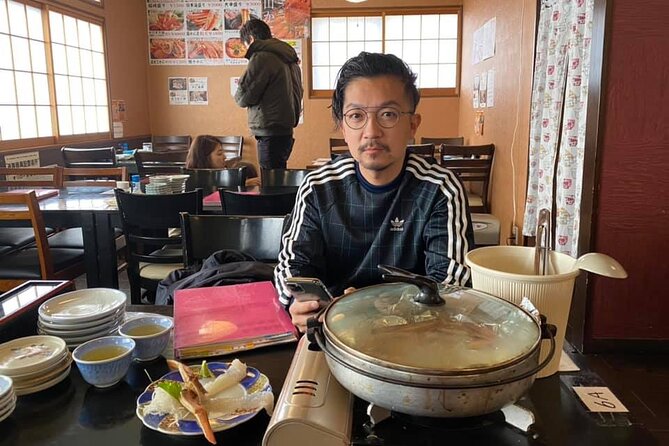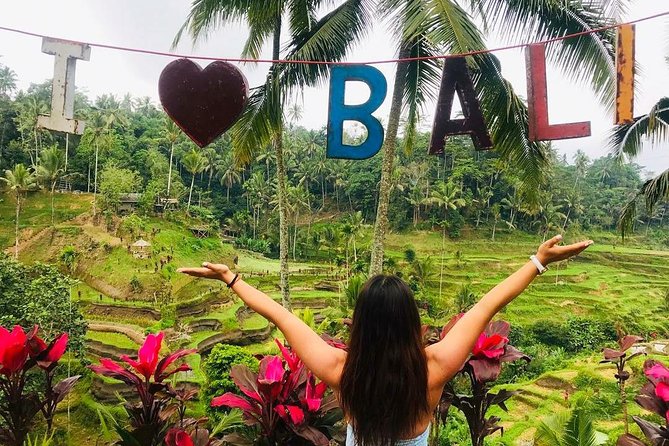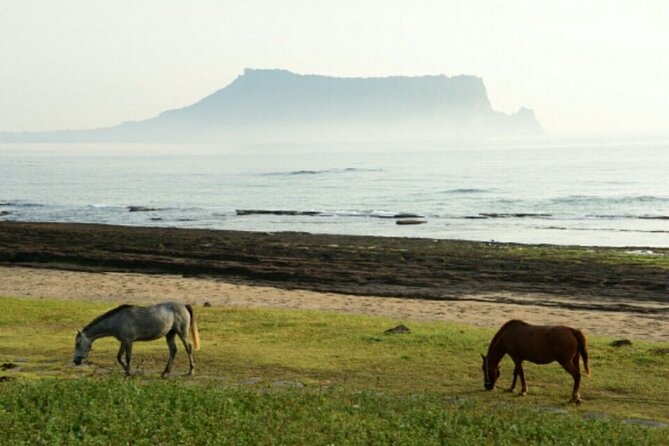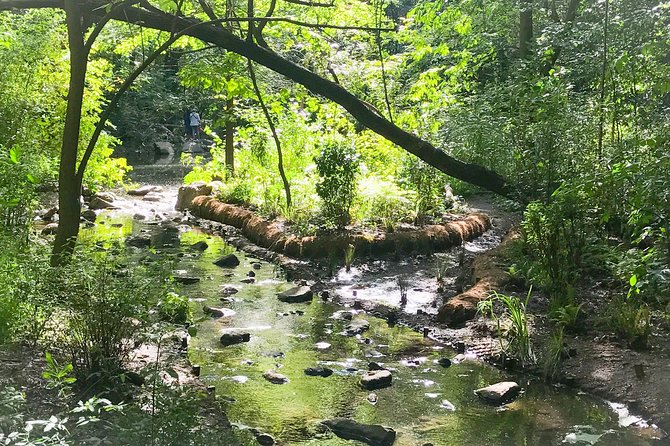As the sun dips below the horizon on Easter Island, casting an amber glow over the Moai statues, a mysterious tale unfolds.
The Moai Factory, nestled within the rugged terrain of Rano Raraku, stands as a testament to ancient craftsmanship and engineering marvels.
How did the islanders carve, transport, and erect these colossal figures that continue to bewilder modern archaeologists?
The enigma surrounding this volcanic stone workshop invites explorers to unravel the secrets veiled in the shadows of history, promising a journey through time and culture that is as intriguing as it is enlightening.
Key Points
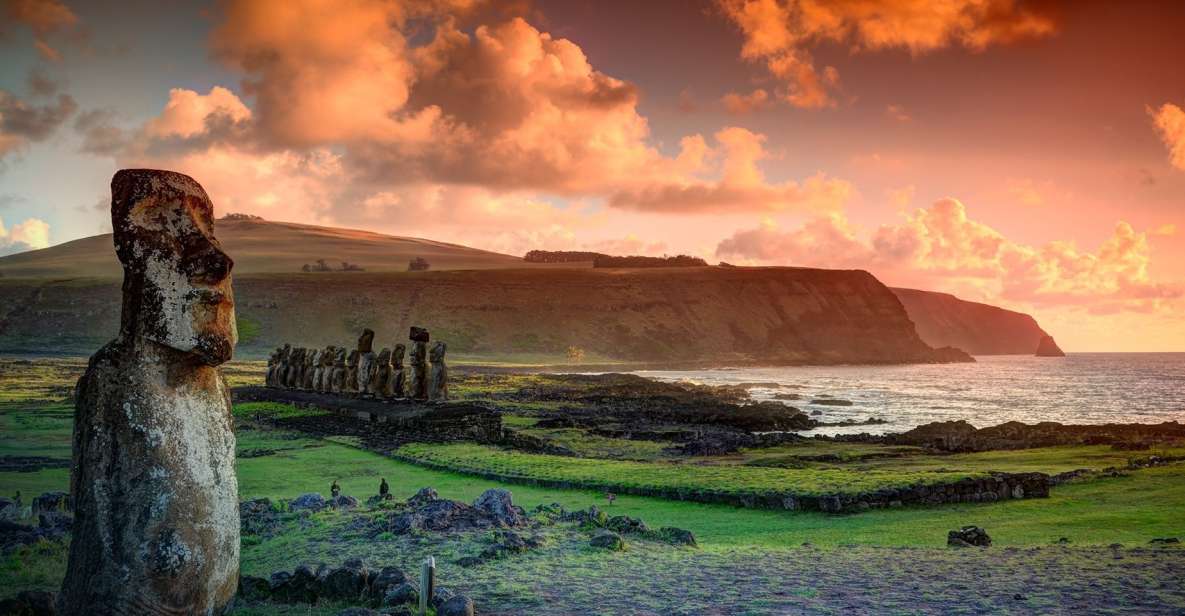
- Rano Raraku: Birthplace of iconic Moai sculptures, revealing the ancient artistry and cultural significance of the statues.
- Ahu Tongariki: Showcases the largest Moai group on Easter Island, highlighting the spiritual beliefs and craftsmanship of the Rapa Nui people.
- Ahu Vinapu: Offers insights into advanced stone masonry techniques and hints at a complex society with intricate architectural marvels.
- Ahu Ahahanga: Shrouded in mystery, this enigmatic site holds historical significance and cultural secrets waiting to be unraveled.
Historical Significance of Moais
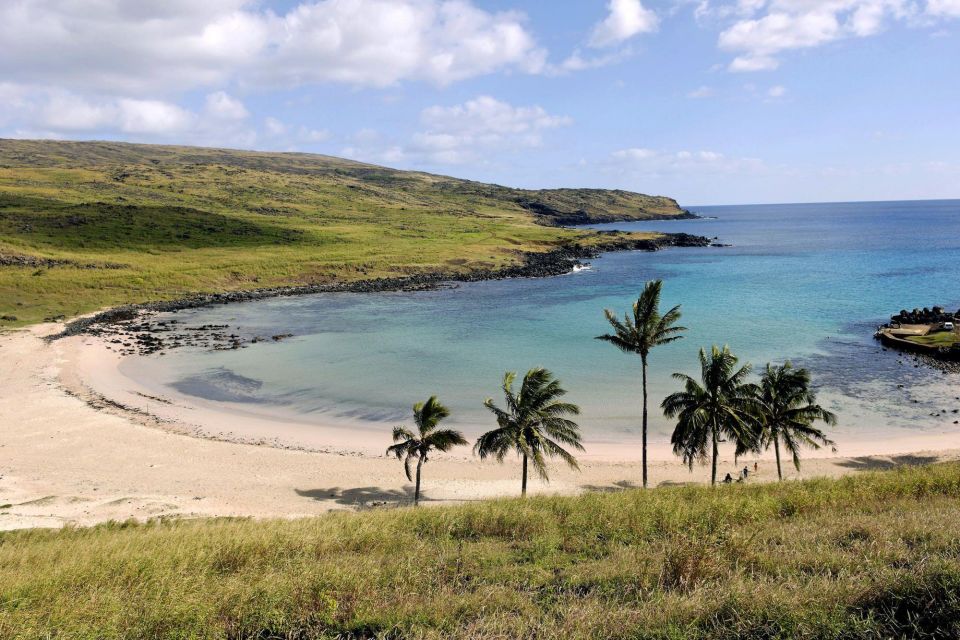
The Moais of Easter Island hold profound historical significance, symbolizing ancestral connections and spiritual beliefs of the Rapa Nui people. These colossal stone statues, with their distinct features and enigmatic gazes, serve as a testament to the cultural symbolism and deep-rooted traditions of this Polynesian civilization.
Each Moai is a representation of a deceased chief or important ancestor, reflecting the Rapa Nui’s reverence for their lineage and heritage. The process of constructing these statues remains an archaeological mystery, with the transportation and erection of these massive figures baffling researchers to this day.
Unraveling the secrets behind the Moais unveils not just a story of craftsmanship and artistry but also sheds light on the spiritual beliefs and societal structure of the ancient Rapa Nui civilization.
Ahu Tongariki: The Giant Moai Group
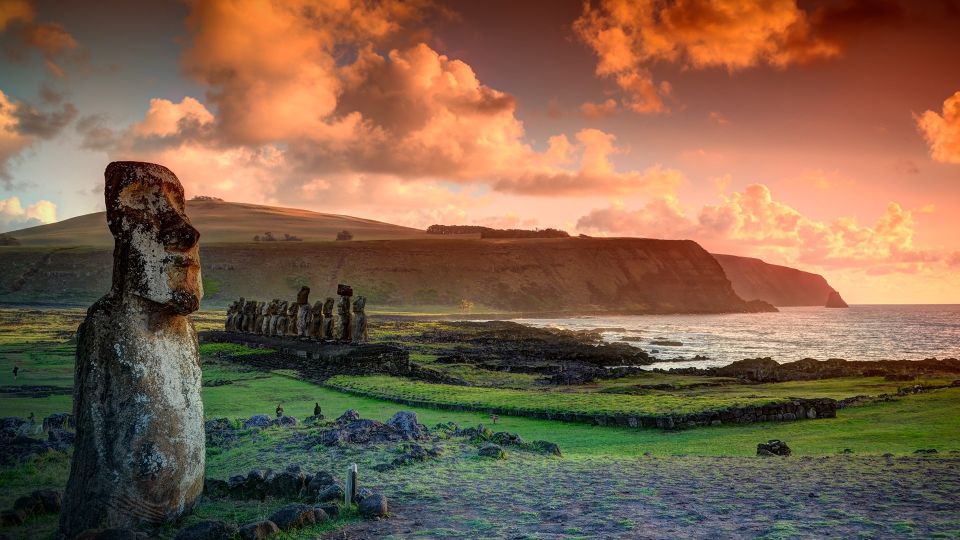
With their imposing presence and intricate craftsmanship, Ahu Tongariki stands as a testament to the ancient Rapa Nui civilization’s architectural prowess and cultural reverence. This site features 15 giant statues, making it the largest Moai group on the island.
The Moais, with their oversized heads and solemn expressions, offer a glimpse into the rich history and beliefs of the Polynesian culture. Each statue is a remarkable example of the skilled artistry and spiritual significance attributed to these monumental figures.
Visitors to Ahu Tongariki can marvel at the sheer size and arrangement of these statues, which are positioned in a line facing the sunset, creating a powerful and awe-inspiring sight that resonates with the island’s mysterious past.
Rano Raraku: The Moai Factory
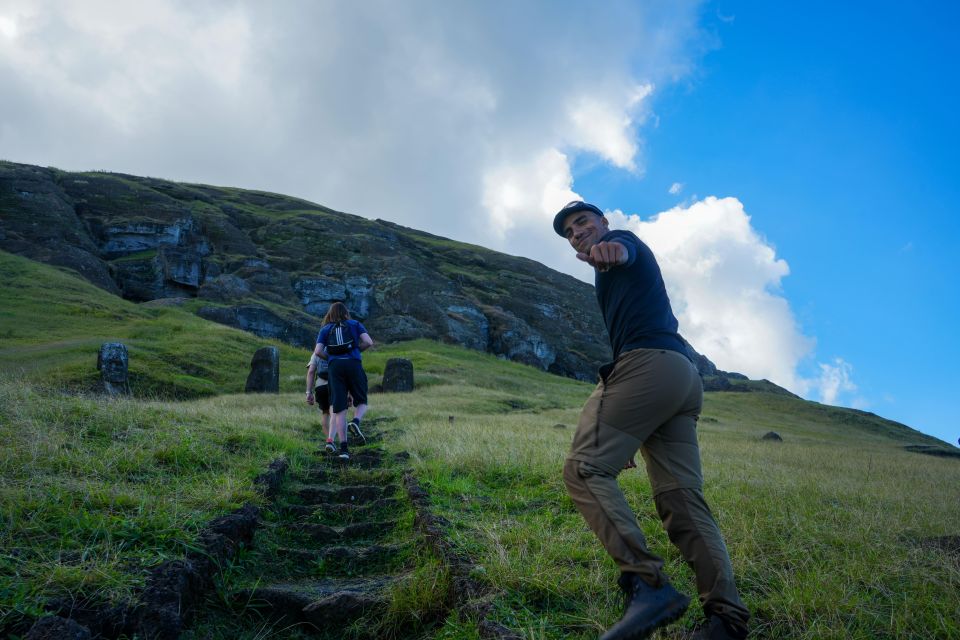
Nestled within the rugged landscape of Easter Island lies Rano Raraku, the birthplace of the iconic Moai statues. The site served as a quarry for the volcanic sculptures, where the production of these impressive statues took place. The Moai factory, as it is often referred to, showcases the intricate craftsmanship and skill of the Rapa Nui people who meticulously carved these colossal figures out of the volcanic rock. The unique geological composition of the Rano Raraku volcano provided the raw materials for the creation of these monumental sculptures, highlighting the cultural and artistic importance of this location in the history of Easter Island.
| Rano Raraku: The Moai Factory | |
|---|---|
| Location | Easter Island |
| Significance | Birthplace of Moai |
| Material | Volcanic rock |
| Cultural Importance | Monumental statues |
Forgotten Ahu Vinapu Site
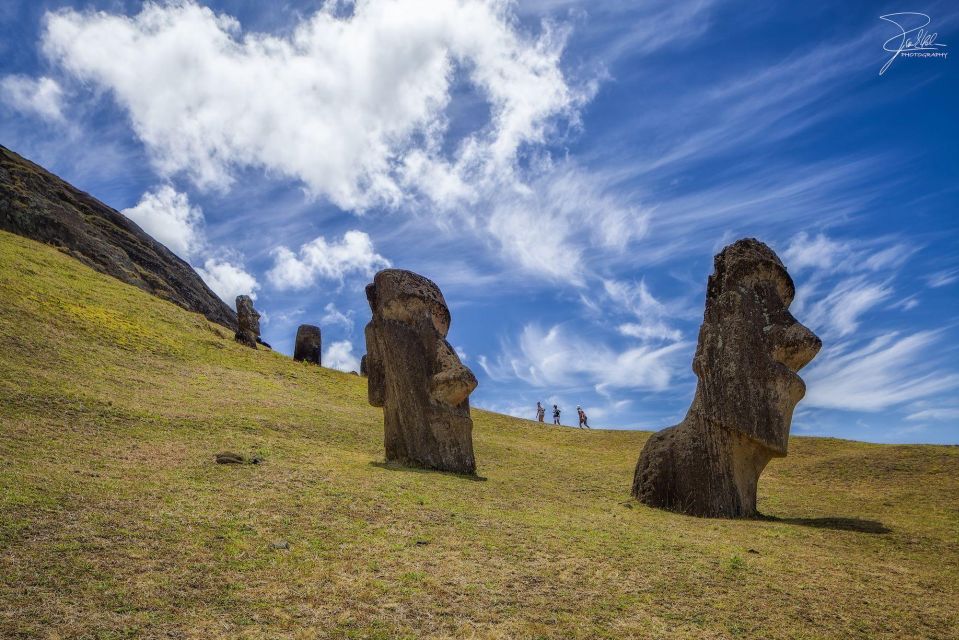
Located amidst the captivating landscape of Easter Island, lies the intriguing and overlooked Ahu Vinapu Site, offering a glimpse into the ancient mysteries of Rapa Nui civilization.
This site, with its mysterious origins and ancient craftsmanship, showcases unique stone masonry techniques that have fascinated archaeologists and historians.
The precise fitting of stones at Ahu Vinapu, resembling the famous stonework found in South America, raises questions about possible cultural connections and influences.
The site’s significance extends beyond its physical structures, hinting at a complex society capable of intricate construction methods.
Despite its lesser-known status, Ahu Vinapu holds a wealth of historical and cultural value, contributing to the enigma surrounding the island’s past.
Enigmatic Ahu Ahahanga Location
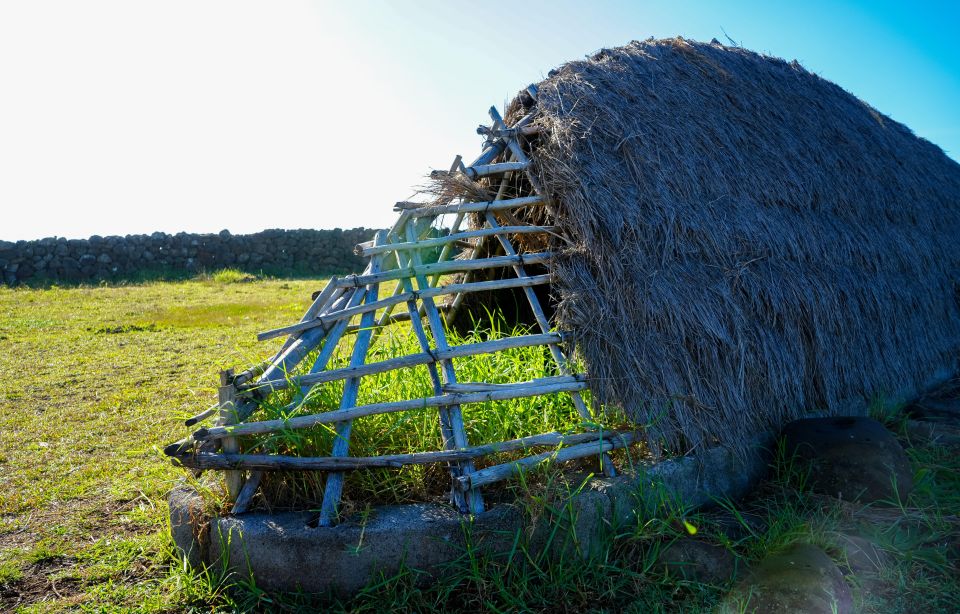
Amidst the rugged terrain of Easter Island stands the enigmatic Ahu Ahahanga, shrouded in mystery and historical significance. This ancient site is surrounded by enigmatic mysteries and volcanic secrets waiting to be unraveled.
Ahu Ahahanga is a testament to the island’s rich past, with its imposing stone structures hinting at a bygone era filled with cultural significance. Visitors are drawn to this location not only for its awe-inspiring presence but also for the intrigue that surrounds its origins.
The volcanic secrets hidden within Ahu Ahahanga continue to captivate researchers and historians, offering a glimpse into the ancient traditions and beliefs of the Rapa Nui people. Explore this enigmatic site to delve deeper into the mysteries that lie within Easter Island’s intriguing landscape.
Hidden History of Rapa Nui
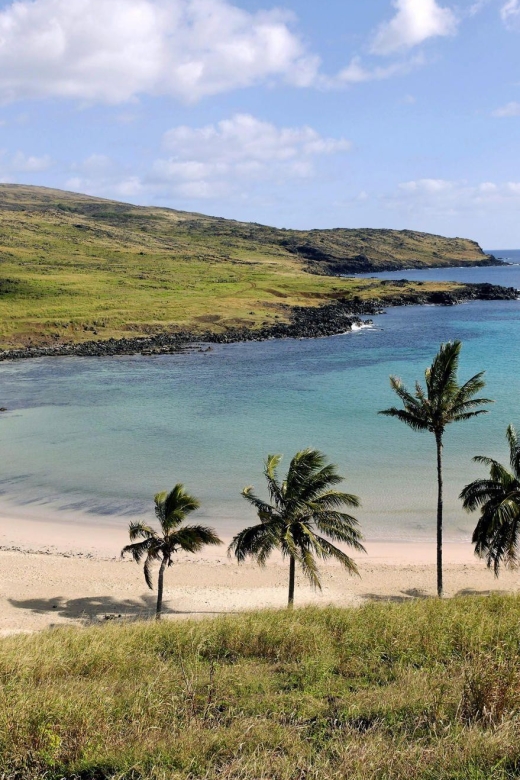
The enigmatic Ahu Ahahanga site on Easter Island hints at a rich hidden history waiting to be uncovered, revealing intriguing insights into the cultural tapestry of Rapa Nui. The island’s past is shrouded in mystery, with archaeological mysteries and cultural practices yet to be fully understood.
- Ritualistic ceremonies performed by the ancient inhabitants.
- Intricate carvings and petroglyphs depicting tales of the past.
- Burial practices shedding light on societal structures.
- Advanced agricultural techniques utilized by the Rapa Nui people.
- Trade networks that connected the island to distant lands.
These elements contribute to the enigma surrounding Rapa Nui’s hidden history, inviting further exploration and discovery.
Anakena Beach: Tour Sum Up
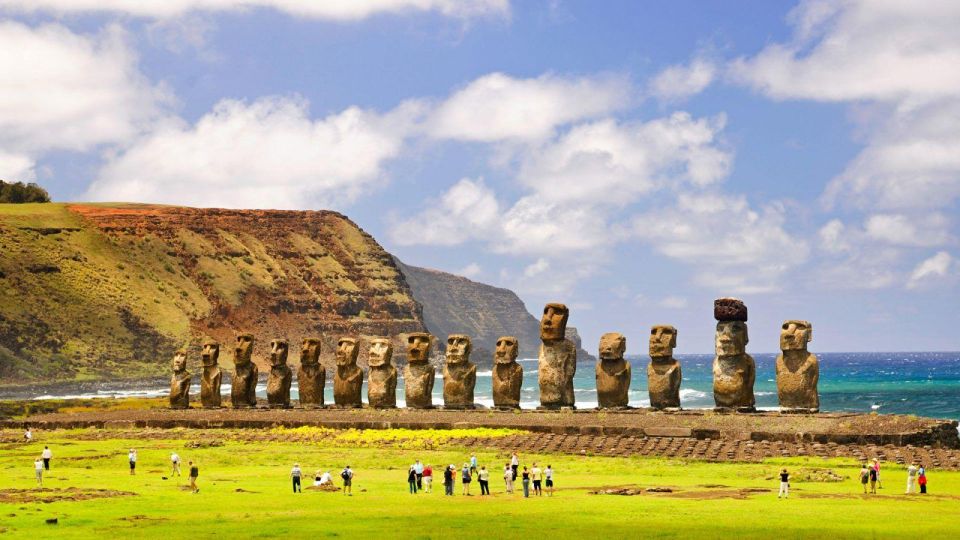
Concluding the tour at Anakena beach offers a serene retreat for relaxation and engaging in water activities after exploring the island’s mysterious sites. Tourists can unwind on the soft white sands, take a refreshing dip in the crystal-clear waters, or partake in snorkeling to explore the vibrant marine life.
Anakena beach, with its picturesque palm trees and historical significance as the legendary landing site of Hotu Matu’a, provides a perfect blend of leisure and cultural enrichment. Visitors can bask in the tranquil surroundings, enjoying the gentle ocean breeze and stunning views.
Whether lounging under the sun or participating in water sports, Anakena beach serves as a fitting conclusion to a day filled with exploration and discovery on Easter Island.
Common questions
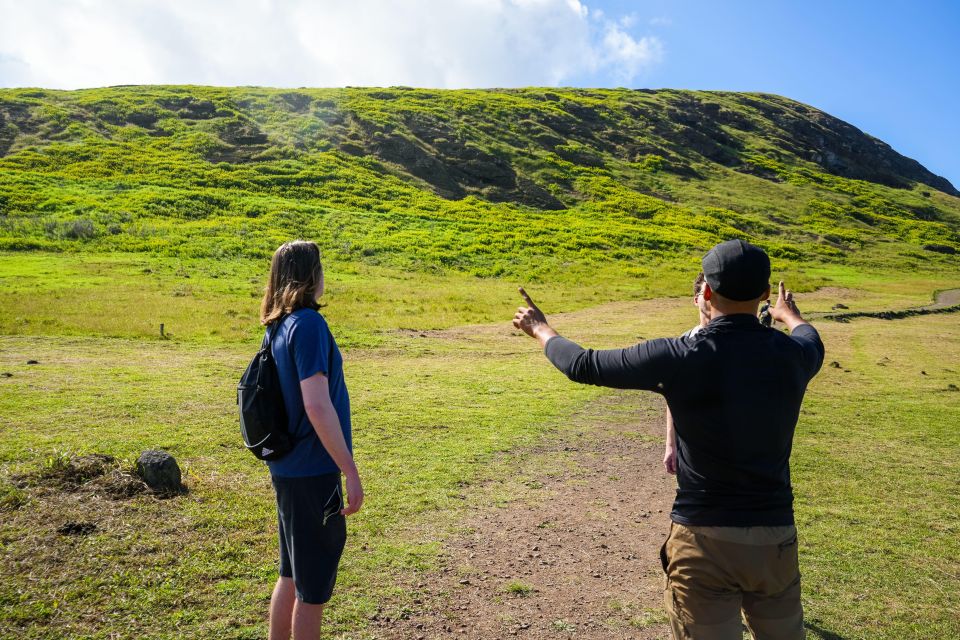
Are There Any Restrictions or Guidelines for Interacting With the Moais on the Island?
Visitor etiquette and preservation guidelines are crucial when interacting with Moais. Respect cultural norms by refraining from touching or leaning on these sacred statues. Adhere to archaeological rules to safeguard these historical treasures for future generations.
What Are Some Lesser-Known Facts or Theories About the Construction of the Moais at Ahu Tongariki?
Construction techniques used for the Moais at Ahu Tongariki remain a subject of debate. Some theories suggest the use of sleds, while others propose upright walking. The Moais’ immense size highlights their cultural significance as ancestral representations.
How Do Local Legends or Folklore Contribute to the Understanding of the Moais and Their Significance?
Local legends passed down through generations offer valuable insights into the significance of Moais. These stories, combined with archaeological findings, provide a holistic understanding of the cultural and spiritual importance of these enigmatic statues on Rapa Nui.
Are There Any Ongoing Conservation Efforts or Challenges Related to Preserving the Moais at Rano Raraku?
Conservation efforts at Rano Raraku focus on preserving the Moais for future generations. Challenges include erosion and environmental factors. Despite hurdles, ongoing initiatives aim to protect these iconic statues, ensuring their cultural and historical significance endures.
Can Visitors Participate in Any Hands-On Activities or Workshops Related to the Traditional Craftsmanship Involved in Creating the Moais?
Visitors can engage in hands-on workshops showcasing traditional craftsmanship related to creating Moais. Interactive activities offer a unique opportunity for visitor participation, allowing them to explore the intricate process of crafting these iconic volcanic stone statues.
Not for you? Here's more of our most recent tour reviews happening neaby
Sum Up
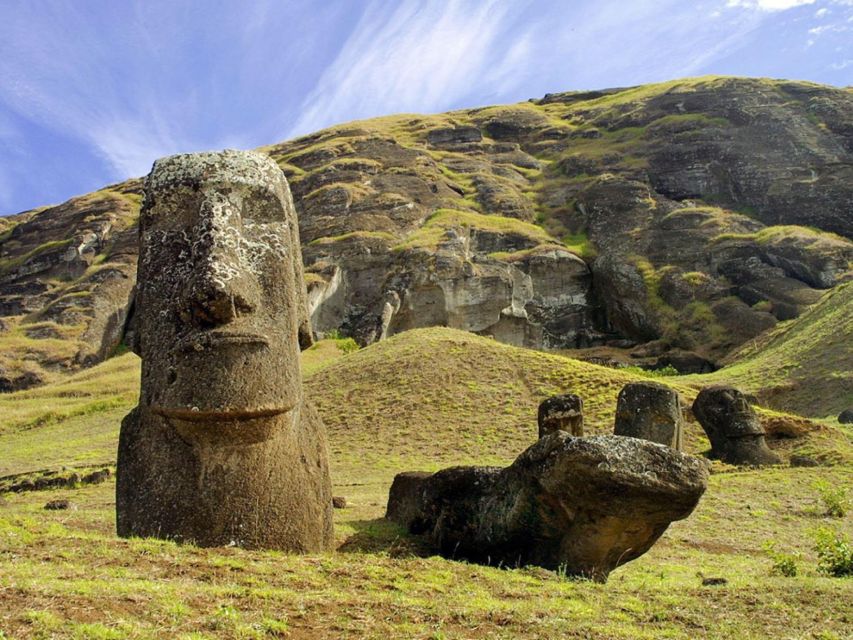
Unravel the mysteries of the Moai statues on a captivating tour of Rapa Nui. From the impressive Ahu Tongariki to the intriguing Rano Raraku, every step unveils a new chapter of the island’s rich history.
Explore forgotten sites like Ahu Vinapu and Ahu Ahahanga, and bask in the tranquility of Anakena Beach.
Join this unforgettable 7-hour adventure for a profound experience that transcends time and history.

